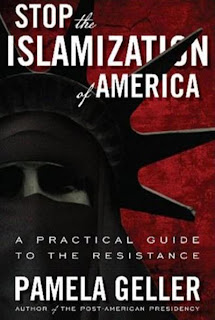Test Your TTAB Judge-Ability: Does the Stylization of this Mark Render it Inherently Distinctive?
VOX Media applied to register the mark MMA FIGHTING.COM in the stylized form shown below, for "on-line journals, namely, blogs featuring sports; providing information in the field of sports." The PTO refused registration on the ground of mere descriptiveness under Section 2(e)(1). Applicant admitted that the wording is descriptive of the services (MMA meaning Mixed Martial Arts], but it argued that the stylization of the mark renders it inherently distinctive. The PTO disagreed and VOX appealed. How would you rule? In re VOX Media Inc., Serial No. 85085395 (February 19, 2013) [not precedential].

Applicant argued that the letters "MMA" represent the following:
The white portion of the letter "A" is clearly a thumb with the thumbnail showing. The white portions of the M are clearly the fingers of two clenched fists. The black portions also resemble the columns of an arena or temple. And the black portions also resemble blades such as those used in a box cutter, utility knife, or Samurai sword.
Examining Attorney Alain A. Lapter maintained that Applicant merely used a non-traditional font, and did not replace any letters or words with a design element.
The Board observed that the determination of whether a descriptive term is sufficiently stylized to merit registration is "in the eyes of the beholder." The question is whether the stylization creates "a separate and inherently distinctive commercial impression apart from the word itself, such that the mark as a whole is not merely descriptive."
Both the Applicant and the Examining Attorney pointed to prior Board decisions. Applicant noted, for example, the Board's blessing of the mark JACKSON HOLE in stylized form (shown below), found registrable with the words disclaimed.

Unlike Applicant's mark, however, the JACKSON HOLE mark features the letters JH in larger font, partly joined together, in the nature of a monogram, and set lower than the rest of the letters. Moreover, the JH portion was not descriptive of the involved services, whereas MMA is descriptive.
We acknowledge that the lettering in applicant's mark is displayed in a stylized font with sharp, angular lines. However, we do not find that the stylization resembles, as applicant asserts, two punching fists, or calls to mind "the columns of an arena or coliseum" or "blades or knives."
The Board concluded that "the impression conveyed by applicant's mark is not separate from the disclaimed wording in the mark." And so it affirmed the refusal.
Read comments and post your comment here.
TTABlog note: Well, how did you do?
Text Copyright John L. Welch 2013.














































